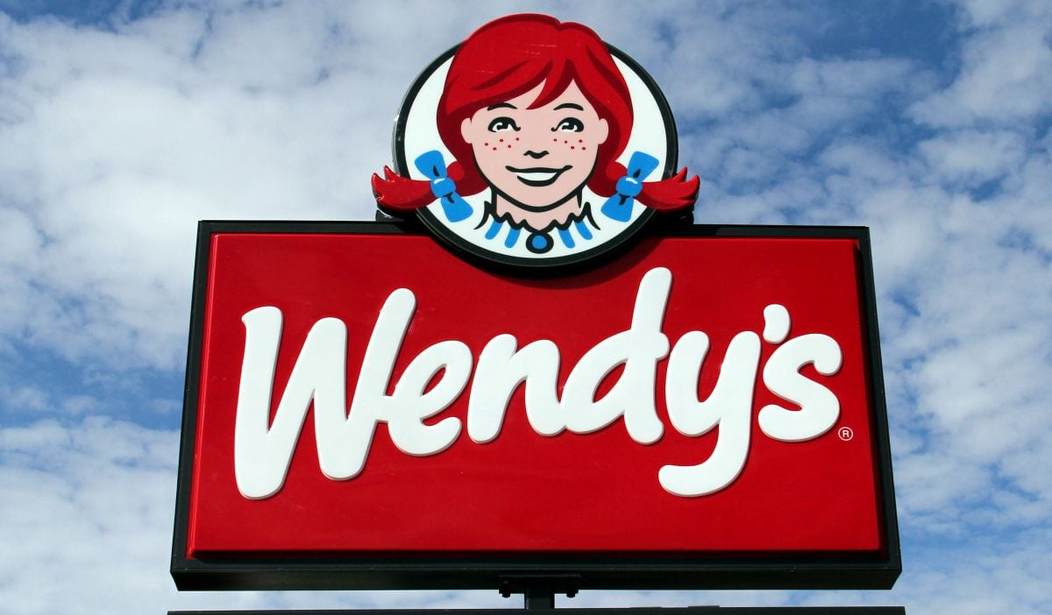The “Fight for Fifteen” groups — supporters of a $15 an hour minimum wage — have a unique perspective on the world. It comes from a kind of magical thinking that people indulge in when they want so desperately to believe what couldn’t possibly be so, that they overturn reality. Hence, for the FfF groups, night doesn’t follow day, and rainbows don’t follow the rain.
And doubling the minimum wage won’t lead to the loss of any jobs.
The fast food workers who support a $15 wage — the poor, deluded, pathetic fools — have been led down the primrose path by people who knew exactly what was going to happen. They are cheering as they march to their own destruction. And unions are ecstatic because they will be able to use the new wage as a base and negotiate big increases in pay for their members.
Surprise, fast food workers! You’ve been had.
Wendy’s burger chain appears to be leading the industry charge toward the inevitable automation.
Wendy’s said that self-service ordering kiosks will be made available across its 6,000-plus restaurants in the second half of the year as minimum wage hikes and a tight labor market push up wages.
It will be up to franchisees whether to deploy the labor-saving technology, but Wendy’s President Todd Penegor did note that some franchise locations have been raising prices to offset wage hikes.
McDonald’s has been testing self-service kiosks. But Wendy’s, which has been vocal about embracing labor-saving technology, is launching the biggest potential expansion.
Wendy’s Penegor said company-operated stores, only about 10% of the total, are seeing wage inflation of 5% to 6%, driven both by the minimum wage and some by the need to offer a competitive wage “to access good labor.”
It’s not surprising that some franchisees might face more of a labor-cost squeeze than company restaurants. All 258 Wendy’s restaurants in California, where the minimum wage rose to $10 an hour this year and will gradually rise to $15, are franchise-operated. Likewise, about 75% of 200-plus restaurants in New York are run by franchisees. New York’s fast-food industry wage rose to $10.50 in New York City and $9.75 in the rest of the state at the start of 2016, also on the way to $15.
Wendy’s plans to cut company-owned stores to just 5% of the total.
Still, Penegor said that increased customer counts more than price hikes drove the chain’s 3.6% same-store sales increase in the first quarter.
Although profit exceeded Wall Street estimates, Wendy’s shares dived nearly 9% Wednesday because of weak second-quarter sales.
“We are seeing a bit of a softer overall category in April” relative to the past two quarters, Penegor said on an earnings call, implying more of an industrywide trend than an issue specific to Wendy’s.
The politicians who are responsible for the coming crash in minimum wage jobs will shake their heads in sorrow and tell us that this couldn’t have been foreseen — despite the fact that almost every economist (or anyone who ever took a high school level economics class) predicted it.
When you disconnect the value of labor from the value of the product being made or the service offered, you are fooling with fundamental economic forces. In that sense, the consequences are deserved. But the workers who succumbed to the siren song being sung by the manipulators in politics and organized labor should have our sympathy.










Join the conversation as a VIP Member